Winery Poderi GIANNI GAGLIARDO, Piedmont, Italy

Wine Barolo today on the Yellow Road. Barolo is the king of Italian wines.
True, Barolo wine is red wine. But Poderi GIANNI GAGLIARDO, a winery from Piedmont, also has a fine white wine, so its participation in the Yellow Road is quite legitimate.
The village of Barolo is located in the northwest of Piedmont in an area called Langhe, about 15 km southwest of the province of Alba. In Piedmont, 11 districts (communes) have the right to produce wines with the name Barolo. Among them the most famous are: Barolo (Barolo), La Morra (La Morra), Castiglione Falletto (Castiglione Falletto) and Serralunga d'Alba (Serralunga d'Alba). It should be noted that, despite the general guidelines, the taste characteristics of wines produced in different regions differ. The main influence on the organoleptic properties of grape berries is exerted by the type of soil (clay, loamy, clay-sandy) on which it grows. For example, on the calcareous soils of the commune of La Morra, Nebbiolo gives large yields, and the aroma of the drink is softer, fruitier. Monforte d'Alba and Serralunga d'Alba, with their less fertile sandstones, produce the most structured wine with intense flavors. This Barolo needs more time to mature. According to the rules established by the category, the wine must be at least 38 months old. Aged in oak barrels for 18 months.
Currently, the cultivation of Nebbiolo for winemaking Barolo covers an area of about 1800 hectares. There are special requirements for the territory. Their height must be at least 170 m, but not higher than 540 m above sea level. The terrain is hilly, not very sunny. After harvesting, obtaining the must and completing the primary fermentation, the stage of aging the future wine in oak barrels begins. Timber for containers is mainly imported from Slavonia. Although the use of French or American oak is very common today. The tannins coming into the must from the wood help to stabilize the color and also contribute to the loss of astringency. As a result of prolonged aging, the wine acquires a softer and more rounded taste. Barolo is often referred to as the king of wines. By the way, Barolo is not the only drink made from Nebbiolo grapes. Barbaresco wine also consists of 100% of it. Both are made in Piedmont and are DOCG certified. I learned about Barolo wine thanks to the international literary award of Italian winemakers from Piedmont. The award was named Grinzane-Cavour after the Italian city of the same name. And Grinzane-Cavour is very close to the GIANNI GAGLIARDO winery.
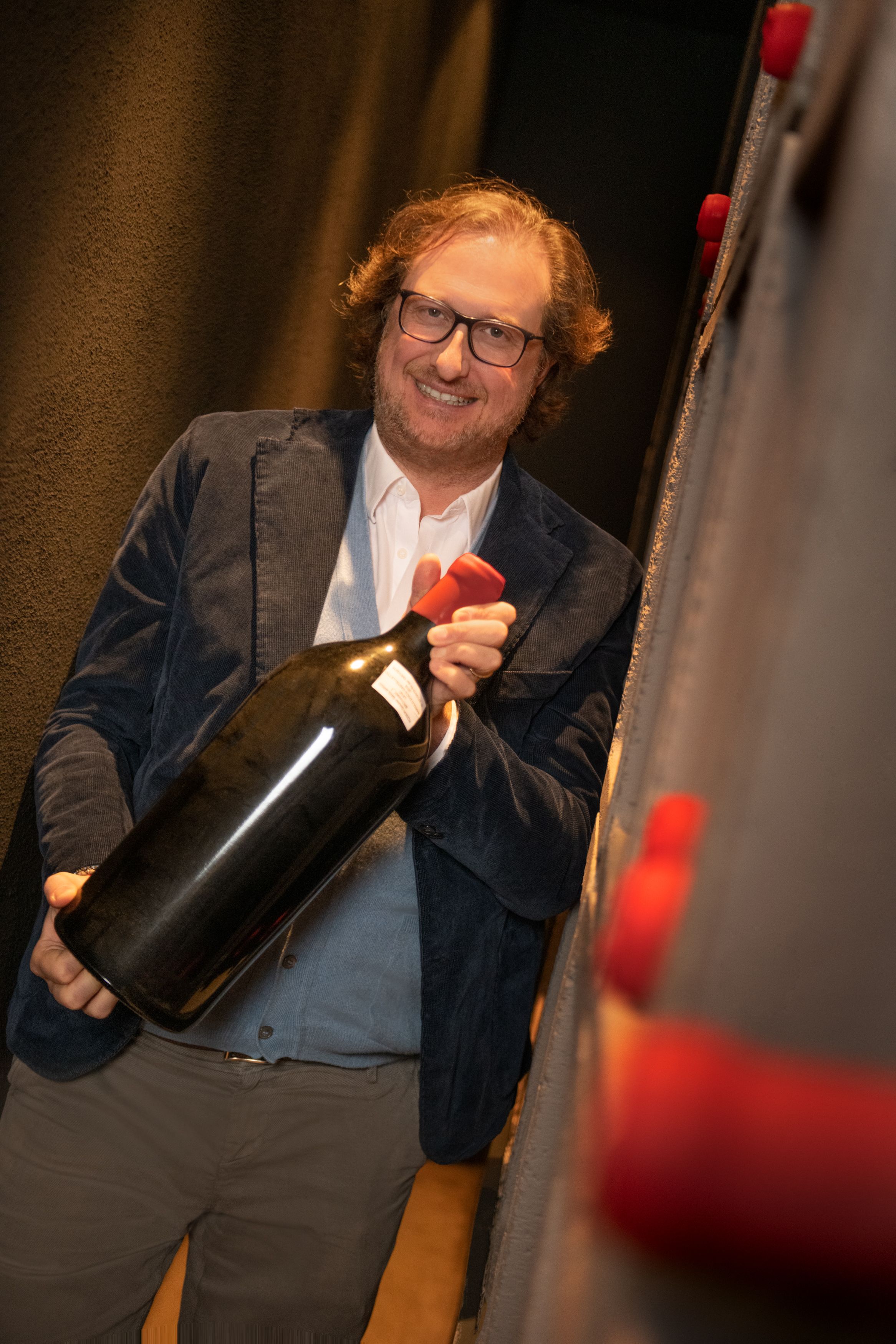
Interview on the "Yellow Road" with the owner of the vineyard GIANNI GAGLIARDO Stefano Gagliardo
1- Please tell us a little about yourself. How did you become a winemaker?
I grew up at the winery. Since I was a kid, I was enjoying spending time through the vines as well as in the cellar. Getting along with wine people and of course growing with family made me fall in love with the wines and the and all its word. When it was time to decide my studies of course it was natural for me to choose Oenology. Wine travels, especially in the youth, played a big role in my education. I always wanted to understand different ways of thinking. Trying many wines and talking with winemakers from other countries was eyes opening in my 20s.
2 - Until the middle of the 19th century, a sweet wine was produced in the Barolo region, which was not widely known. The transition to the production of dry wine from Nebbiolo is associated with the activities of Cavour during his tenure as mayor of Grinzane (1832-48). Has anyone in our time (for various reasons) tried to produce sweet Barolo?
The technical evolution of Barolo happened in mid 1800 was crucial for its success. The improvements anyway didn’t stop, and they are continuing also now even if in a more subtle way. Climate change, for example, represents a challenge for us, I have to say that so far it has been kind of positive because it allows us to make wines that are pretty appealing in their youth without compromising its great ageing potential.
3 - Due to the increased demand for "feminine" wines with light tannins and the predominance of fruity notes in the late 1970s, some winemakers in your region began to shorten the maceration period and use 225-liter French-style barrels for aging (instead of the traditional large Barolo barrels from Slavonian oak) This led to a conflict between traditionalists and modernists (the so-called "Barolo Wars"). Modernist wines tend to be more affordable, reach store shelves faster, and are closer to Barbaresco in character. Which side did your winery fight on? What is your view on this issue?
The Barolo area is animated by many passionate vintners. It is kind of normal that overtime we see moments of doubts and experiments. I believe that most of them were instrumental in making Barolo as it is today. Today Barolo is a wine that speaks about parcels and brings specific identities into the glass. My winery never went too modern. Anyway, I think that the definition of modern versus traditional is over today. I like using the word postmodern for the Barolo of today.
4 - Is there a significant difference between Barolo and Barbaresco. Will a novice sommelier feel the difference between them?
Definitely yes. Barolo and Barbaresco are two stars that shine on their own lights.
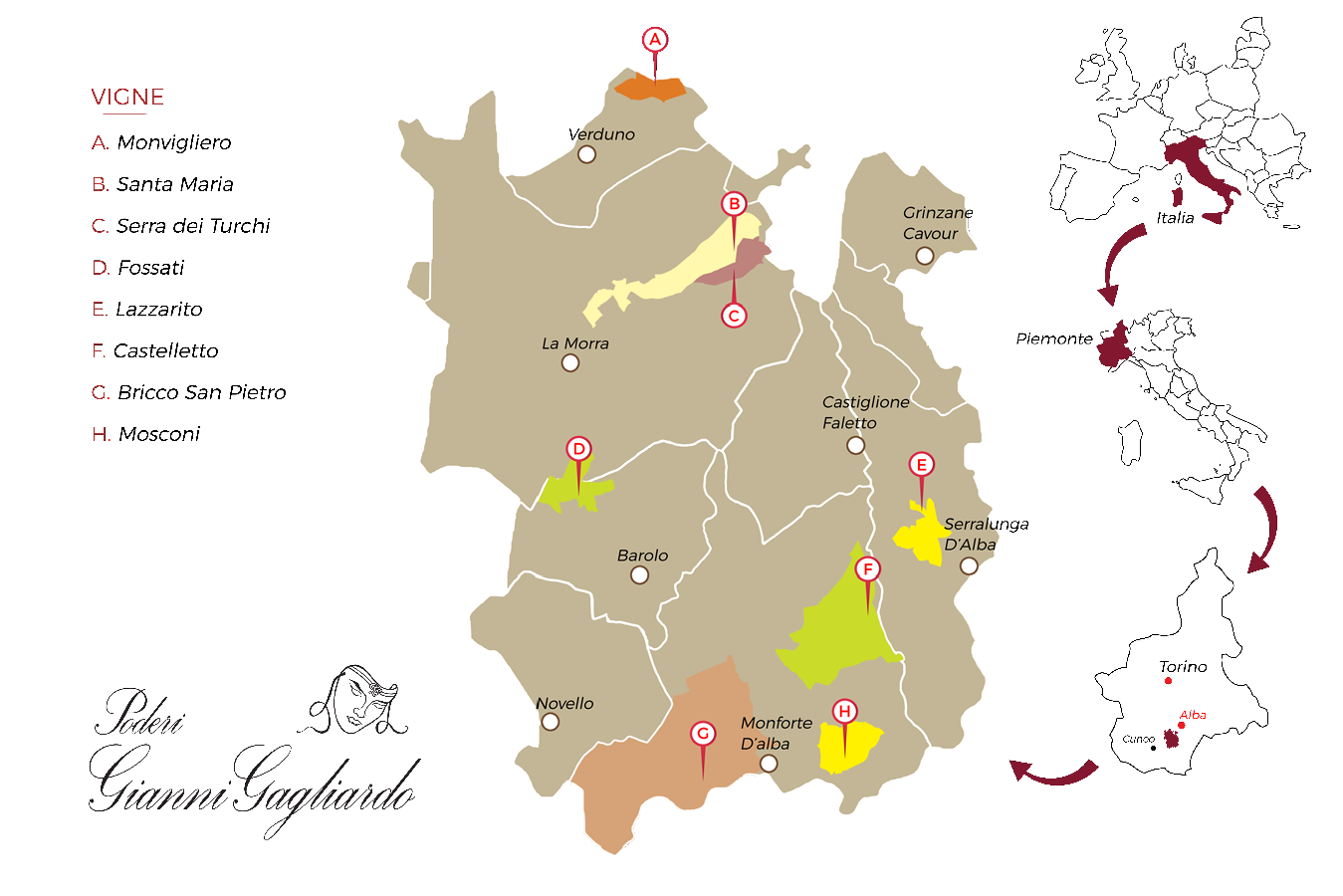

5 - The production tradition of Poderi Gianni Gagliardo is historically linked to Barolo, which expresses 8 wines:
-Barolo Gianni Gagliardo, from the union of all the company's vineyards
-Barolo of the Municipality of La Morra, from the parcels Santa Maria and Serra dei Turchi
-Barolo Monvigliero, from the Commune of Verduno
-Barolo Fossati, from the Municipality of Barolo
-Barolo Castelletto, from the Municipality of Monforte d'Alba
-Barolo Mosconi, from the Municipality of Monforte d'Alba
-Barolo Lazzarito Vigna Preve, from the Municipality of Serralunga d'Alba
-Barolo Serra dei Turchi, from the Municipality of La Morra
You have as many as eight different sections of Barolo. And from every lot you get an original Barolo. Or do they complement each other?
Historically in our area we always made wines in two different ways: combining grapes from different hills as well as vinification and bottling single plots separately. This is what we still do today at Gagliardo.
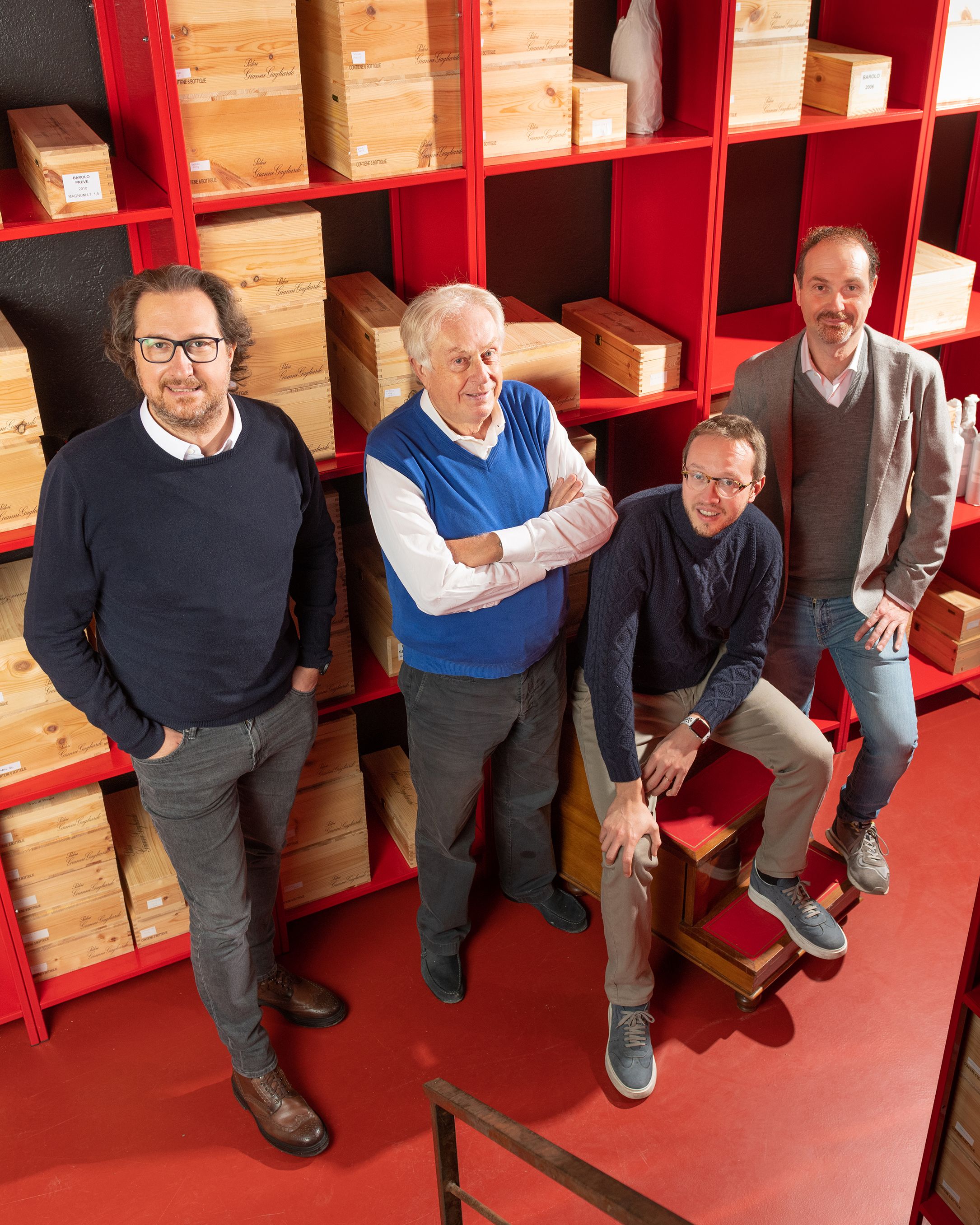
6 - Would you have white wine today if not for the work of Gianni Gallardo? How would you characterize Fallegro Langhe Favorita wine?
My father Gianni pioneered the grape Favorita in the early 70s. Favorita is the name which we use locally for Vermentino. And it’s a great variety that came up to the inland from the coastal area of Liguria in the 1700. It’s a Mediterranean grape that needs heat. Climate change has been beneficial so far for this variety. For me this is an opportunity to make a fantastic white which shows an unexpected Provencal character and can give great satisfaction both in the youth or with some years of age in the bottle. Without this path of my father, probably today I would be a red wine maker only.
7 - Do you often drink your own wines? Or do you prefer to taste wines from other wine producers?
I certainly like to try other stuff, even if I have to admit that with time, I became a little picky.
8 - What is the most significant award for you?
When I receive emails of congratulations from my customers, that’s definitely the most heart filling feedback.
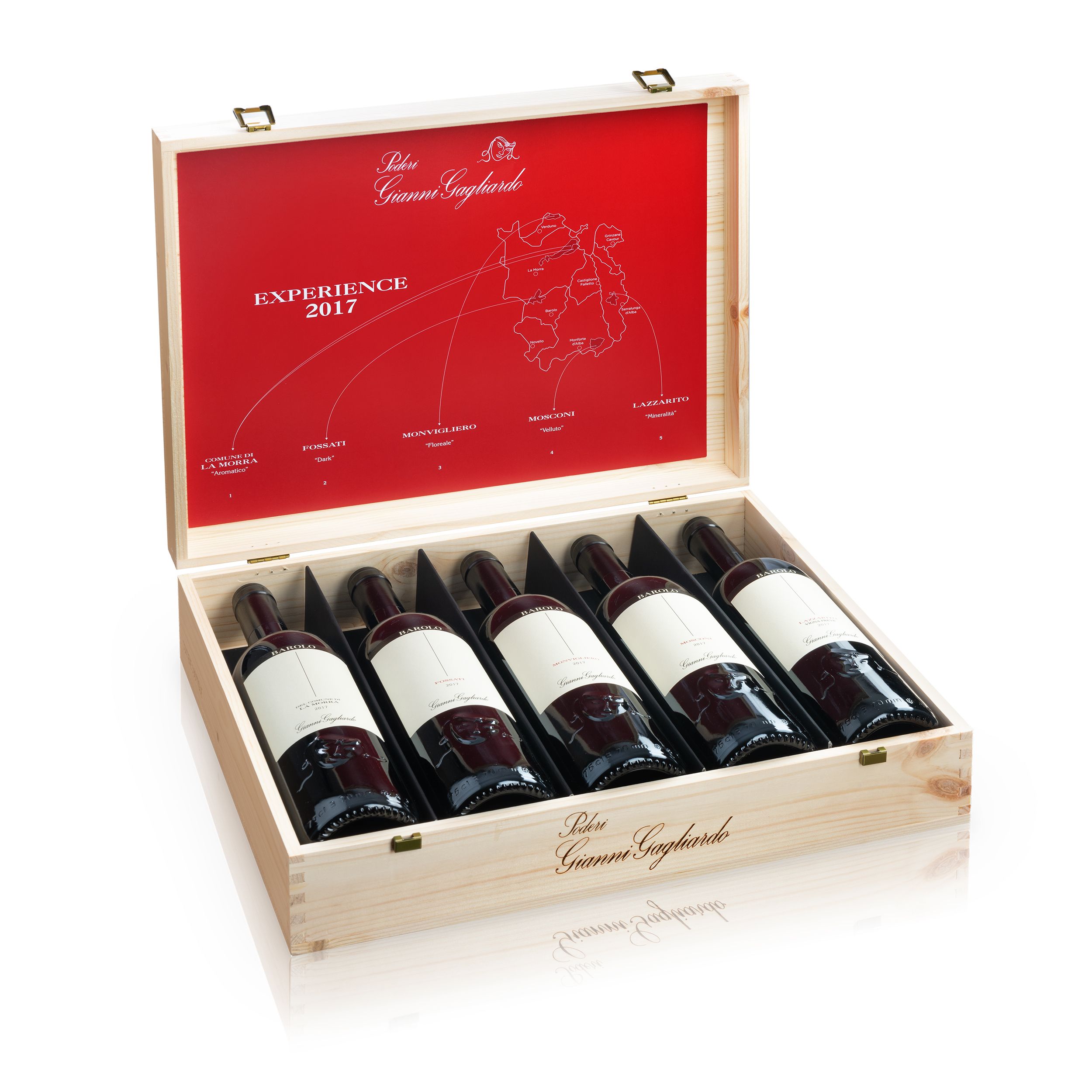
9 - List, if possible, a set (gift box) of three or four of your own wines (red and white), which, in your opinion, can decorate the "poster" of your farm?
Since vintage 2015 we have a mixed box which we name Barolo Experience. It’s made with the five of our crus. Every year we define the proper line-up with the idea of tasting crescendo. It’s also the way for me to manage extremely low availability for some of the plots, which would be very difficult to allocate individually.
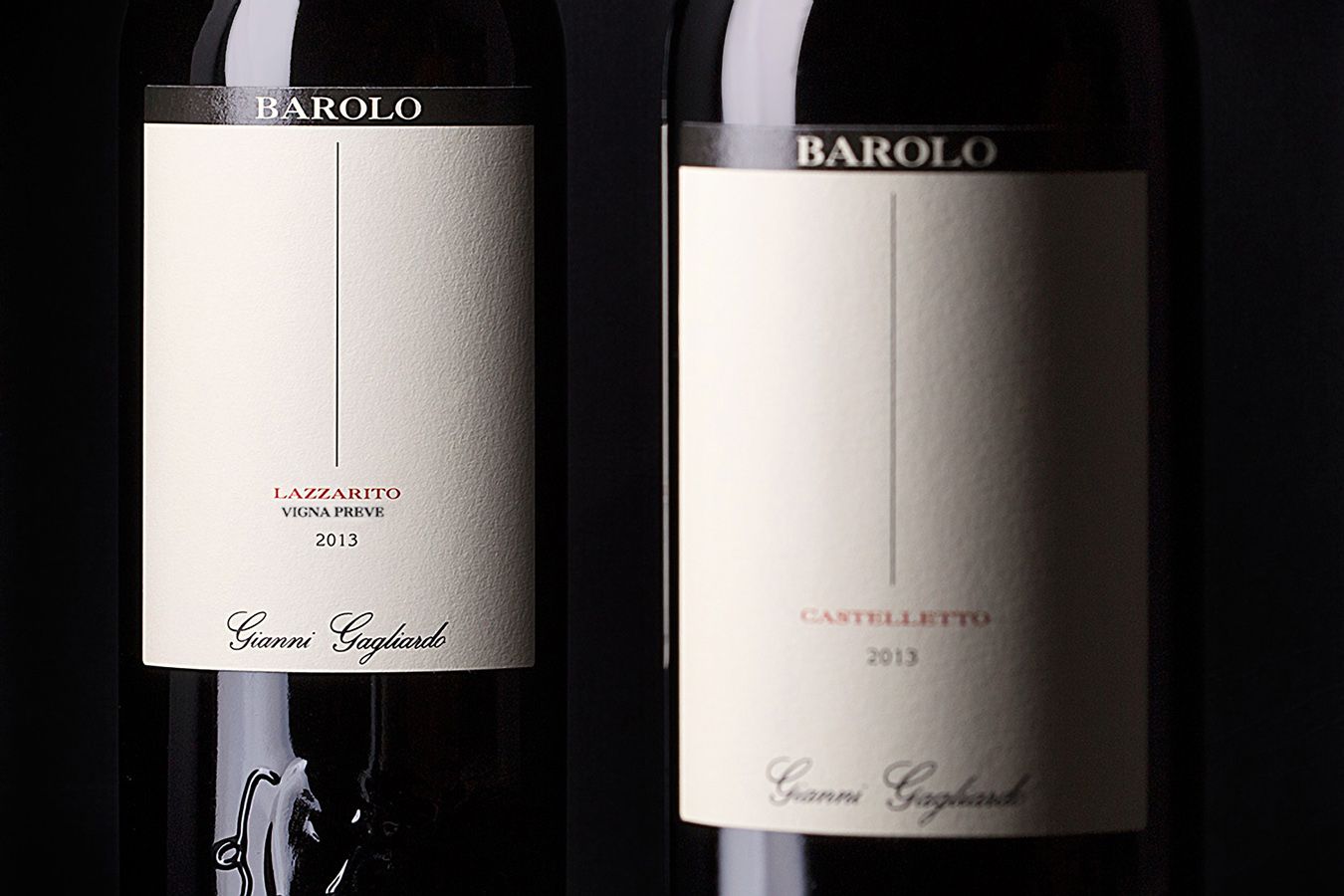
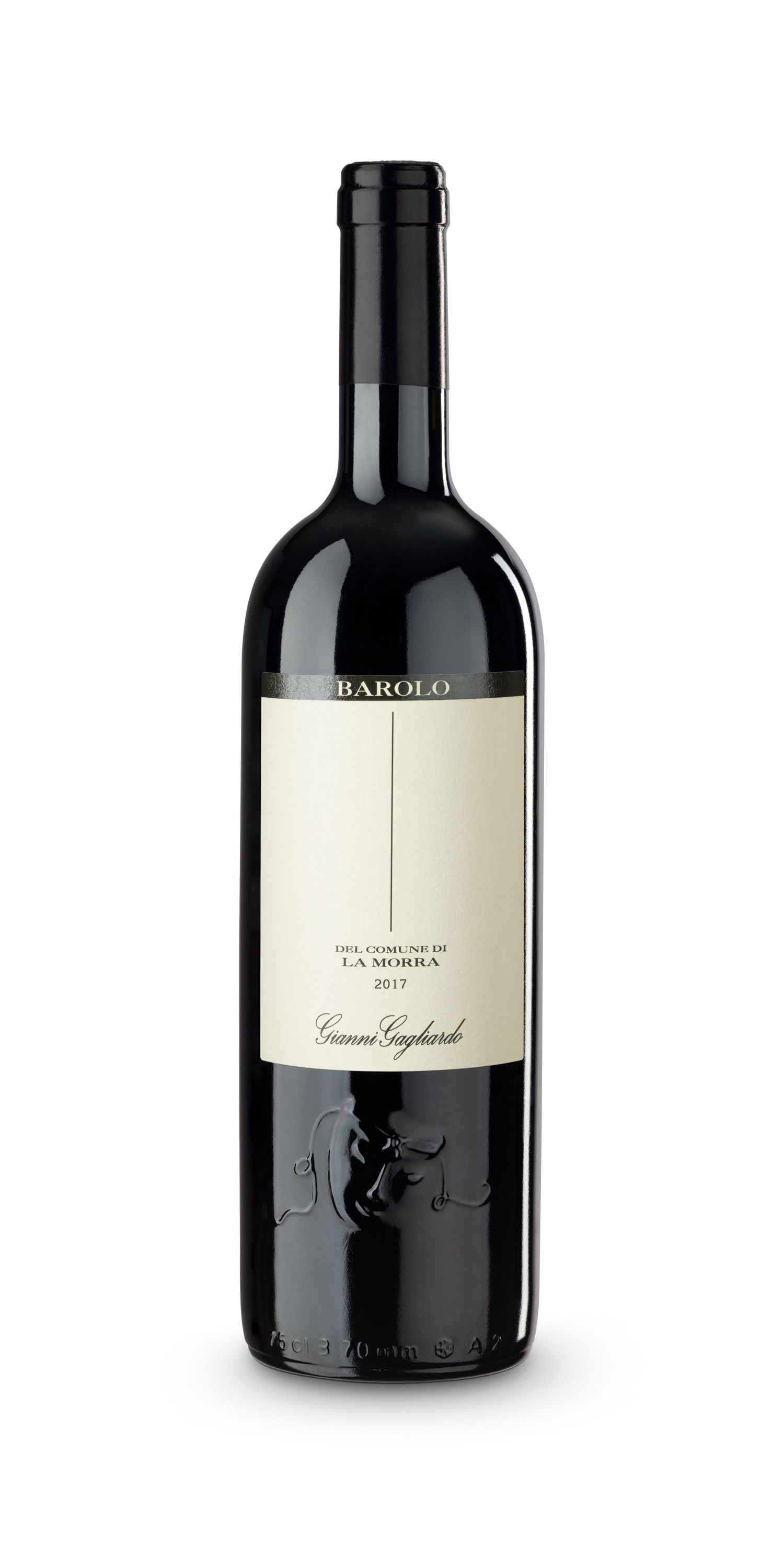

10 - Since the "Yellow Road" is a project that, according to the author's idea, is capable of uniting all types of art. And first, the art of winemaking with traditional views: music, sculpture, painting, literature ... Maybe if the stars
"coincide", a sculpture "Malevich. Victory over the Sun" will appear on one of your terraces?
That would be great.
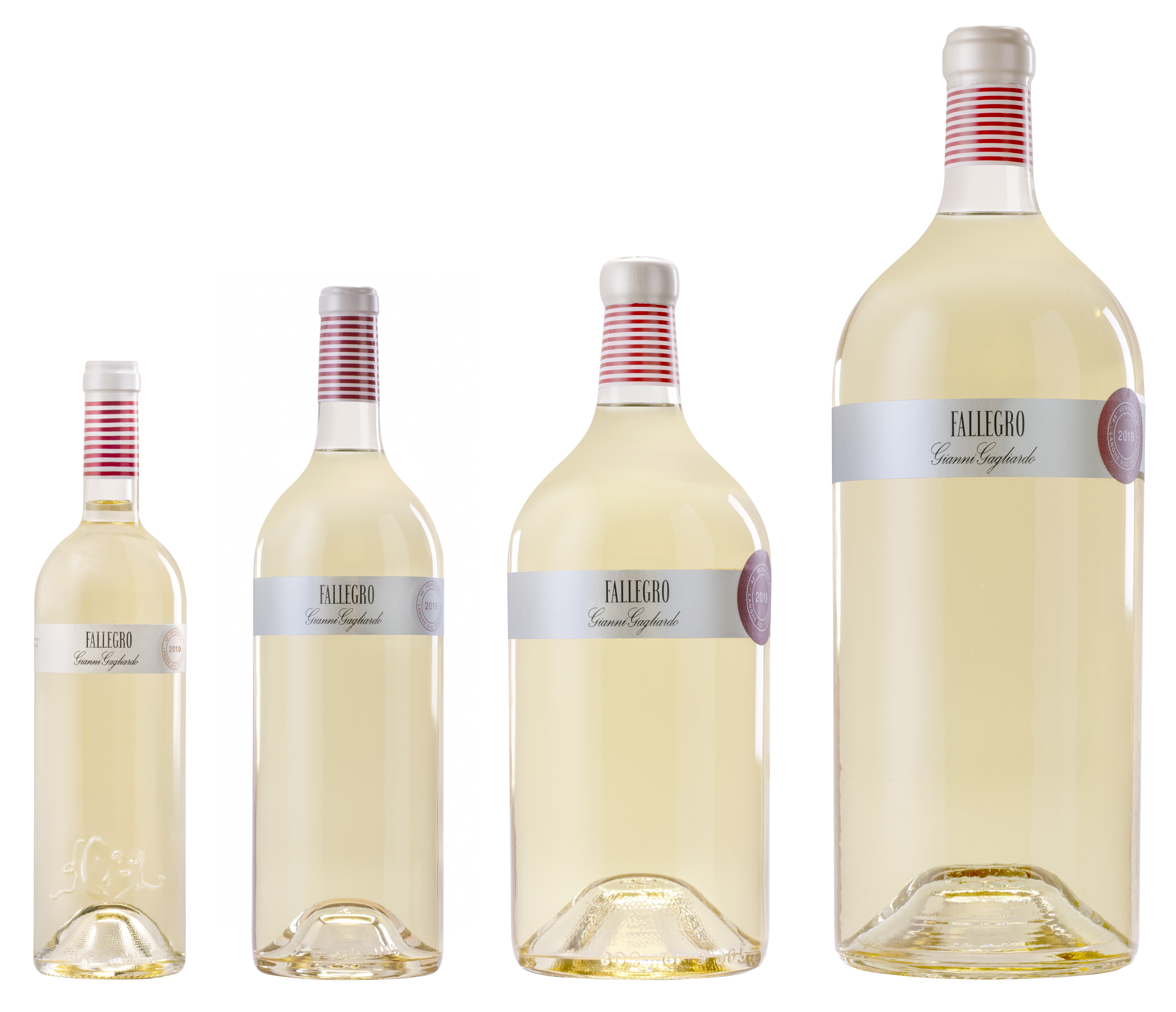
11 - What is your choice (white wine) for "Yellow Road"?
Vintage 2023 will be the number 50 for Fallegro. It’s a piece of history for our winery.
12 - What white wine producer (from Italy or another country) would you recommend for Yellow Road?
I like drinking Chablis, or even Gavi. I like its minerality and its capacity to age very well, developing complexity but always remaining extremely delicate. I often drink La Scolca black labels.
Sergey Evtuhov, author of The Yellow Road
